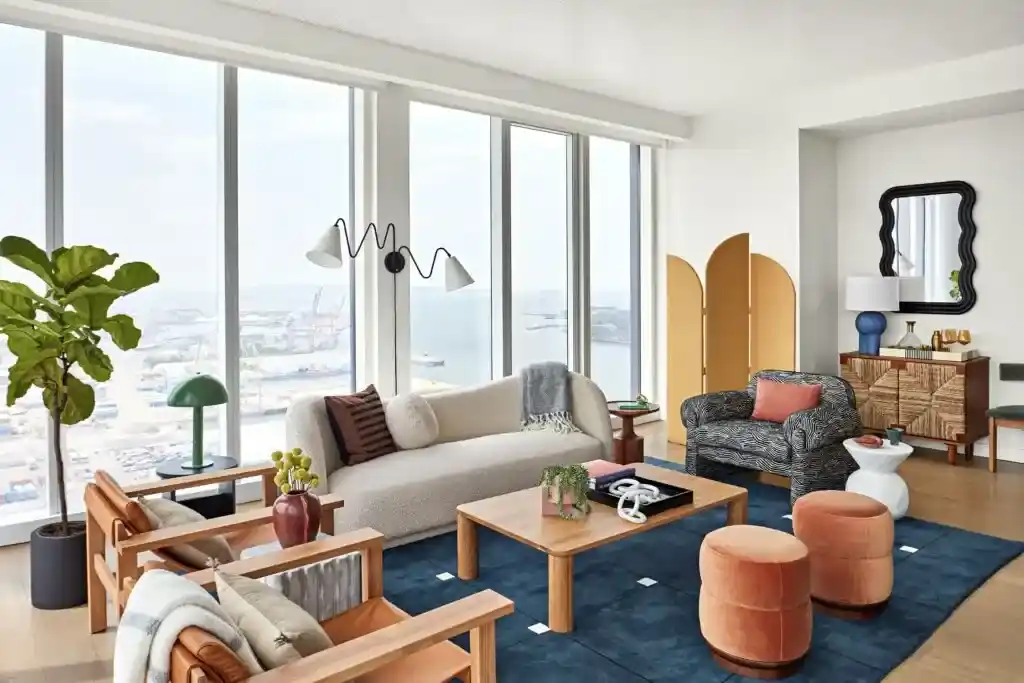Table of Contents
Furniture design is an art and skill that combines beauty, practicality, and functionality. Whether you are a beginner or a professional furniture designer, creating custom furniture pieces requires a blend of creativity, craftsmanship, and practical knowledge. From the selection of the right wood to carving unique details, mastering the furniture designing skill requires understanding the core principles of furniture design to create custom furniture that stands the test of time. In this article, we will provide detailed guidelines and essential tips for designing furniture, focusing on various types and styles, including wood furniture, solid wood, bedroom furniture, and living room furniture.
Essential Tips For Designing Furniture
Since ancient times, wood furniture has been a standard in homes due to its natural beauty, strength, and adaptability. When crafting wood furniture, selecting the right type of wood is crucial. Solid wood is frequently used because of its durability and strength.
1. Selecting the Right Wood

Each kind of wood has distinct qualities that affect how the finished product feels and looks. Popular choices include oak, maple, cherry, and walnut.
- Oak
This wood is excellent for living room and bedroom furniture because of its unique grain patterns and strength.
- Maple
Because of its fine, smooth texture, this wood is great for custom furniture projects that require delicate craftsmanship.
- Cherry
A popular for classy home décor pieces, cherry has rich, warm tones and a smooth finish.
- Walnut
Prized for its rich hue and clean grain, walnut is ideal for creating elegant yet durable wooden furniture.
2. The Importance of Good Design In Furniture Designing
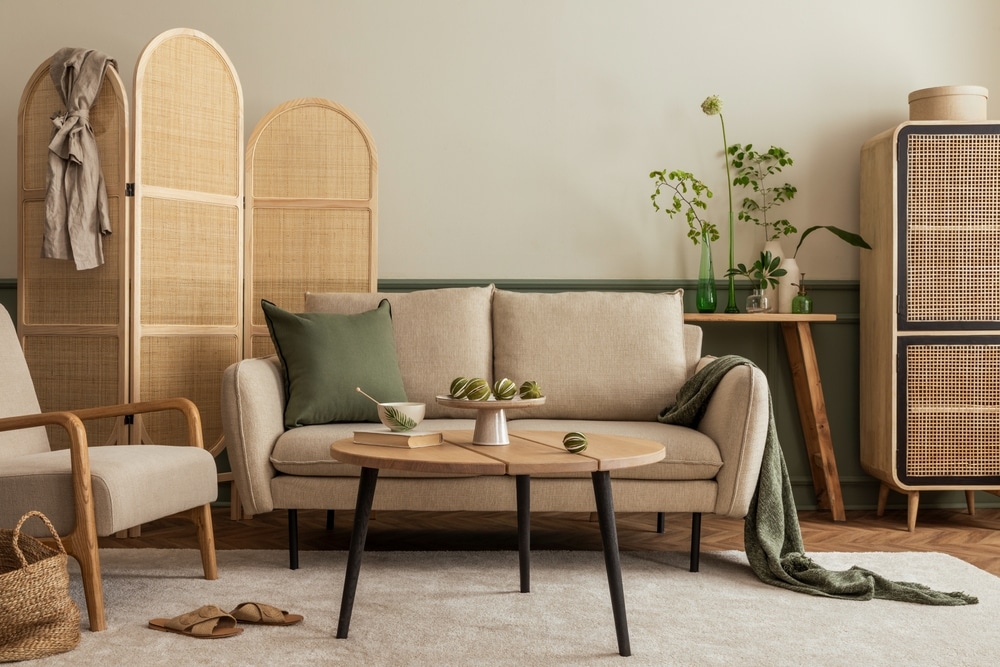
In addition to being aesthetically pleasing, furniture should be comfortable and practical. A balance between utility and beauty is a characteristic of good design. Here are some essential tips for achieving good design in your furniture projects:
- Functionality First
Before you begin creating, think about the primary purpose of the furniture. Will it be a coffee table, bedroom furniture, or the living room’s focal point? Understanding the intended application will guide your design choices, ensuring that the component fulfills the user’s needs.
- Define the Purpose
Each piece of furniture should have a distinct function. Knowing the purpose of any piece of furniture, be it a table, chair, or storage unit, will help you choose its style wisely.
- Consider the User
Tailor your design to the intended user. For example, business furniture requires comfort and productivity in design, whereas furniture for kids should be durable and safe.
- Optimize for Space
Make sure your ideas use the available area well. Measure the area and consider the scale of your furniture to avoid overcrowding or underutilization of the room.
3. Ergonomics and Comfort In Furniture Designing
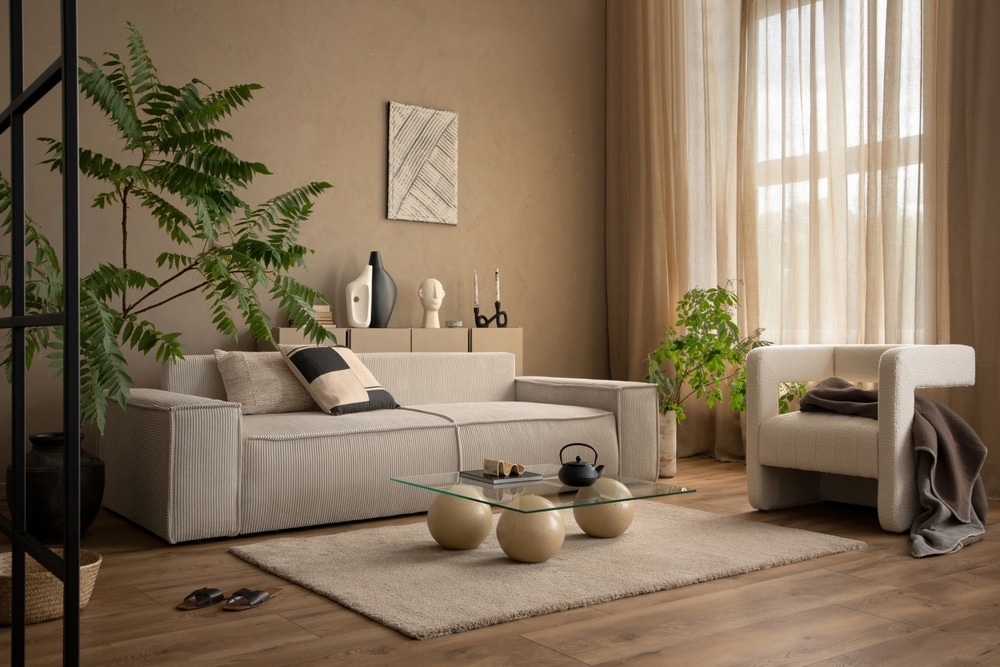
Comfort is essential for furniture like couches, chairs, and beds. Pay attention to the measurements, proportions, and angles to ensure the furniture is comfortable to use. Your seating design should provide arm, neck, and back support. Consider characteristics that may be adjusted to accommodate varying body shapes and tastes. Incorporate features that enhance usability, such as smooth-moving drawers, adjustable heights, and easy-to-reach storage. Make sure that the designs you create encourage proper posture and lower the possibility of strain or damage. For example, office chairs should encourage proper alignment and movement.
4. Aesthetic Appeal In Furniture Designing
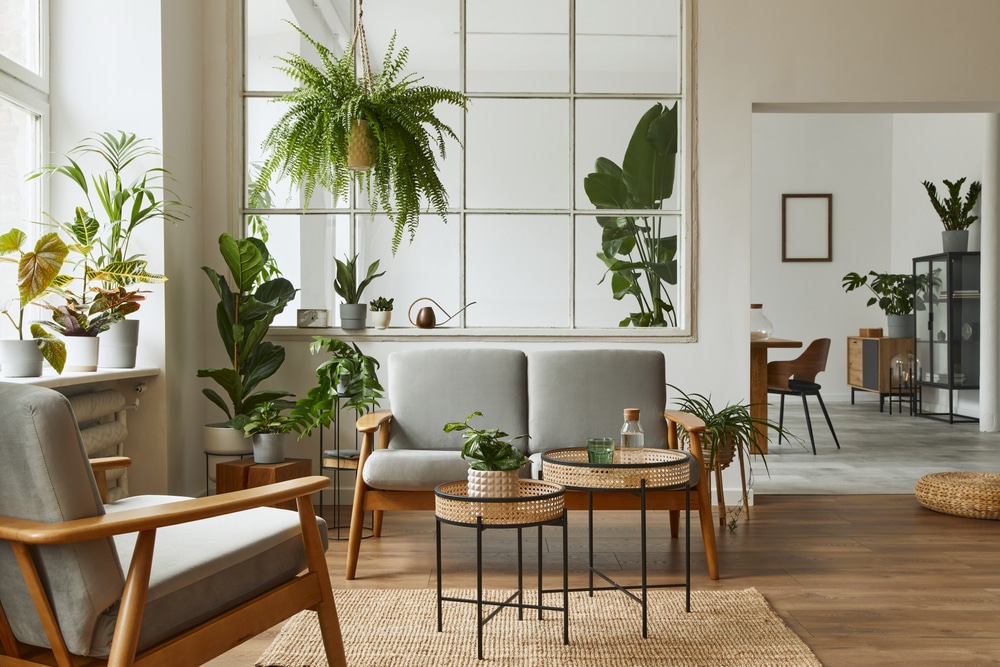
When decorating a home, furniture’s aesthetic appeal is essential. Consider the overall style of the space where the furniture will be placed. Whether you like modern, classic, or Japanese furniture, it should complement the surrounding décor. Design ideas can be drawn from various sources, including nature, architecture, and art.
- Choose a Design Style
Select a design aesthetic that works with the space’s general theme and your personal preferences. Modern, contemporary, industrial, rustic, and mid-century modern are among the popular styles.
- Focus on Proportion and Balance
Ensure that the elements of your design are proportionate and balanced. This produces visual consistency and harmony.
- Include Unique Elements
To make your furniture stand out, incorporate distinctive characteristics or creative components. For example, you could use unusual materials, intriguing textures, or creative shapes.
5. Integrating Sustainability In Furniture Designing
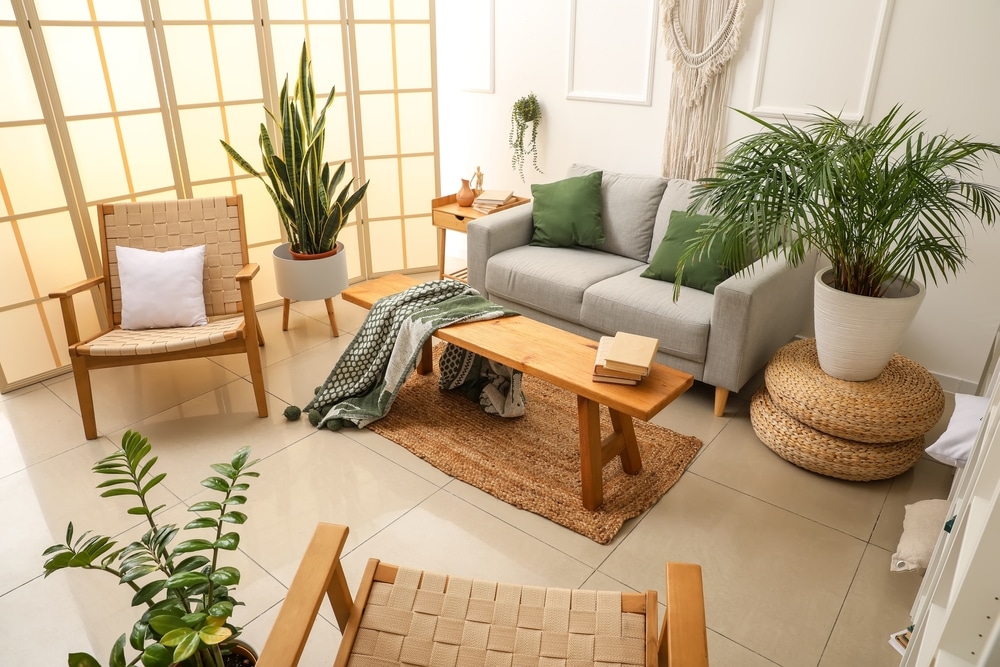
Sustainable Furniture designs are now a significant factor in furniture design as people’s knowledge of environmental issues grows. Producing eco-friendly products will help the environment and draw in customers who care about the environment.
- Use Recycled Materials
Your designs should use recycled or upcycled materials. This will cut waste and revitalize already existing resources.
- Choose Sustainable Sources
Opt for materials from sustainable sources, such as FSC-certified wood or eco-friendly fabrics.
- Design for Longevity
Create timeless designs that will not quickly go out of style. Durable, high-quality pieces that last for years reduce the need for frequent replacements.
6. Prototyping and Testing
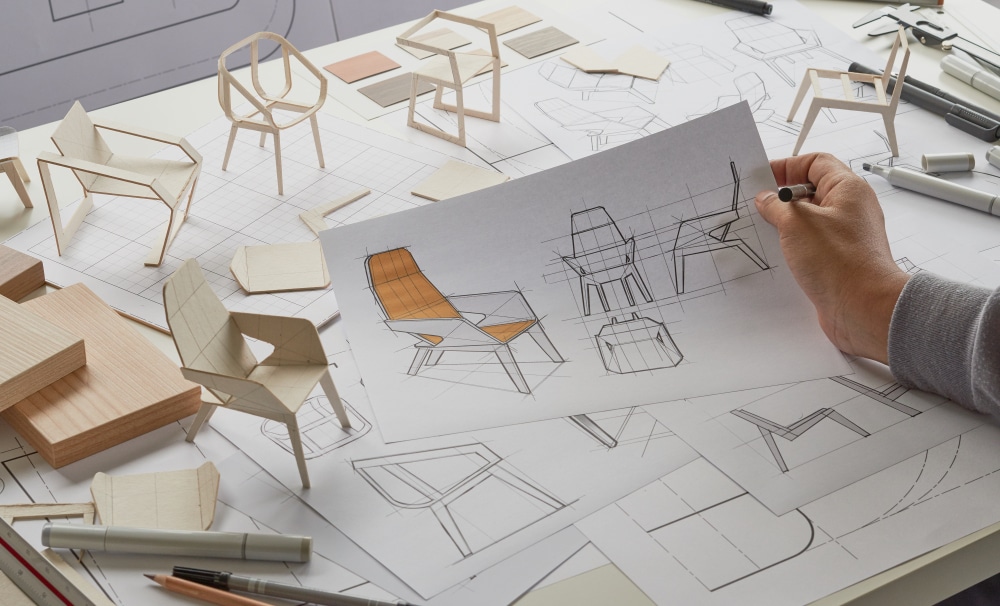
Making prototypes and testing them is essential before adopting any design. This enables you to find and address problems, guaranteeing the result is aesthetically beautiful and useful.
- Make Mock-Ups
Start with sketches and 3D models to visualize your design. This step helps you fine-tune specifics and make required changes.
- Build Prototypes
Using the finished materials, build a full-scale prototype. This will give you a true feeling of how the piece feels and looks.
- Test for Usability
Assess the prototype’s comfort, stability, and functioning. Modify it based on user feedback and test findings.
Exploring Different Furniture Styles
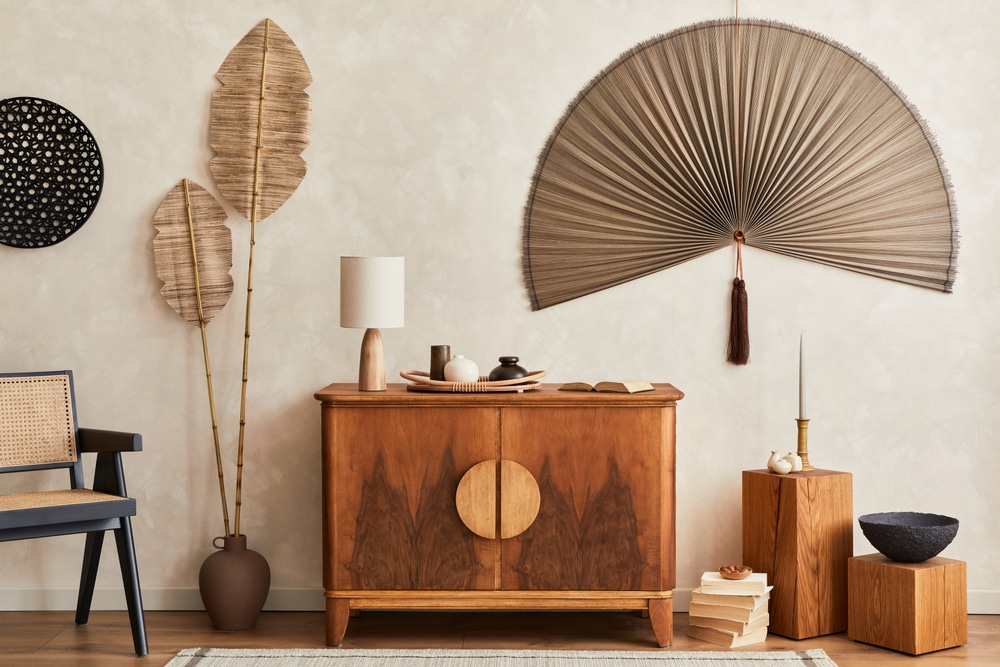
Furniture comes in a variety of styles to suit different tastes and preferences. Understanding these styles can help you make wise design decisions.
Japanese Furniture
Japanese furniture is renowned for its practicality, elegance, and simplicity. It frequently uses natural materials, simplistic designs, and clean lines. Tatami mats, sliding doors, and low seats are typical features of Japanese furniture design. This design is ideal for establishing a calm and clutter-free space. Isamu Noguchi’s coffee table is a celebrated example of Japanese furniture design. Its sleek and understated design, with a glass top held up by a sculptural wooden base, reflects Noguchi’s approach to fusing art with use.
American Furniture
American furniture comes in many styles, from rustic and colonial to modern. It frequently emphasizes comfort, toughness, and functionality. The United States’ strong woodworking legacy is reflected in the popularity of solid wood in furniture design. This look is adaptable to a wide range of themes for home décor. The Eames Lounge Chair, created by Charles and Ray Eames, is a masterwork of American furniture design. Its ergonomic form, molded plywood, and opulent leather have combined to create an enduring classic.
Practical Tips for Aspiring Furniture Designers
Mastering furniture design requires dedication, practice, and a willingness to learn. Here are some practical tips to help you along the way:
Study Design Principles
Learn essential design concepts like harmony, rhythm, balance, and proportion. These design guidelines will direct your work and assist you in producing visually appealing and well-balanced work.
Learn from the Masters
Explore the creations of well-known furniture designers and artisans. Analyze their methods, supplies, and design ideologies. This can provide inspiration and insight into the qualities that make a piece stand out.
Practice and Experiment
Hands-on practice is crucial in mastering furniture design. Try out various supplies, equipment, and methods. Before producing full-size pieces, building scale models can be useful for testing your concepts and improving your designs.
Join a Community
Getting involved in a furniture designer and artisan community can offer networking possibilities, constructive criticism, and helpful assistance. Participate in forums, exhibitions, and workshops to share your experiences and gain knowledge of furniture designing from others.
Conclusion
This is to sum up the fact that mastering furniture designing involves a blend of creativity, skill, and a proper understanding of the materials and construction methods. The principles of good design, durability, usefulness, and aesthetics are always the same, whether you’re creating furniture for your living room, bedroom, or coffee table. Careful selection and use of high-quality materials and paying attention to details like joinery and ergonomics will help you create fine furniture design that not only enhances your home decor but also stands the test of time.

